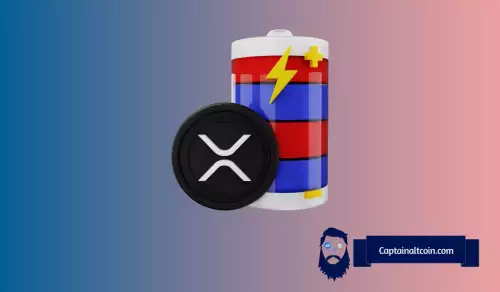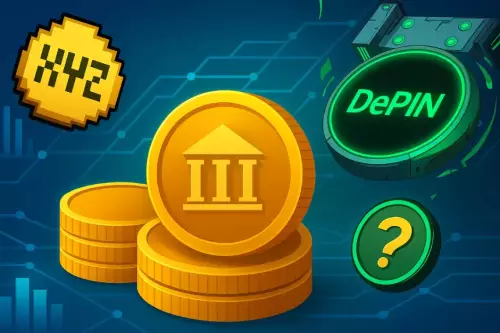 |
|
 |
|
 |
|
 |
|
 |
|
 |
|
 |
|
 |
|
 |
|
 |
|
 |
|
 |
|
 |
|
 |
|
 |
|
Cryptocurrency News Articles
Aave, Governance, Allocation: Navigating DeFi's Shifting Sands
Aug 24, 2025 at 10:21 am
Exploring the dynamics of Aave governance, token allocation controversies, and the evolving landscape of DeFi.

Yo, crypto fam! Let's dive into the wild world of Aave, governance, and token allocation. It's a hot topic, especially with DeFi's ever-changing vibes. Get ready for a whirlwind tour of rumors, proposals, and community debates!
The WLSTETH Rumor Mill: What's the Deal?
Word on the street was that 7% of Aave's Wrapped Lido StETH (WLSTETH) was getting allocated to a specific group. Aave founder Stani Kulechov shut that down real quick, saying it was straight-up false. This sparked a whole lotta chatter about transparency and fairness in token distribution. Turns out, the rumor had no solid backing, leaving Aave stakeholders scratching their heads.
WLSTETH itself is a derivative asset, born from staking Ethereum on Lido and plugging it into Aave's liquidity pools. It's been a major convo starter about yield generation and asset diversification in DeFi.
Aave's Governance: Community Rules
Aave runs on a community-governed model. Every decision, including token allocation, needs an on-chain governance vote. Kulechov emphasized that any behind-the-scenes deals would trash Aave's decentralized vibe. The AAVE token is the key here, giving holders the power to vote on proposals that shape the protocol's future.
The Aave community isn't shy about speaking up. They're all about keeping things transparent and making sure token incentives are distributed fairly. The forums and social media have been buzzing with discussions about clear communication from the top dogs to avoid misinformation.
WLFI and the 7% Saga
Then came World Liberty Financial (WLFI), backed by the Trump family, throwing another wrench in the works. A proposal suggested Aave would snag 7% of WLFI tokens. But hold up! The WLFI team denied it, calling it fake news. Aave's token price even took a dip amid the drama.
Token Allocation: A DeFi Minefield
Token allocation is always a sensitive subject in DeFi. Critics argue that shady distribution practices can lead to centralization and fewer users getting a piece of the pie. Aave's approach, with its on-chain governance and open-source code, is often seen as a gold standard for transparency.
Stablecoins and Institutional Players: The Big Picture
Aave has been a major player in pushing stablecoins like USDT and USDC, which bring stability and liquidity to DeFi. Integrating assets like WLSTETH has expanded the lending and borrowing options. But with institutional investors and big money getting involved, there's a growing debate about regulations and the potential capture of DeFi by traditional finance.
The Road Ahead: Vigilance and Engagement
Aave's governance model is under the microscope as it integrates new features and expands across blockchain networks. Kulechov's denial of the 7% allocation claim is a reminder that the community needs to stay sharp to keep Aave's decentralized governance strong.
Final Thoughts: Keep It Real
So, what's the takeaway? DeFi is a wild ride, and Aave's journey is a prime example. From token allocation controversies to governance debates, it's all about staying informed, engaging with the community, and keeping those decentralized principles front and center. Stay frosty, crypto fam!
Disclaimer:info@kdj.com
The information provided is not trading advice. kdj.com does not assume any responsibility for any investments made based on the information provided in this article. Cryptocurrencies are highly volatile and it is highly recommended that you invest with caution after thorough research!
If you believe that the content used on this website infringes your copyright, please contact us immediately (info@kdj.com) and we will delete it promptly.




























































